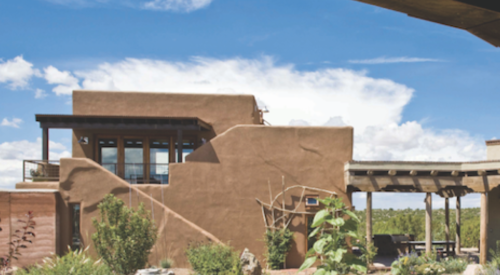Today, few in the industry could fail to understand if every home builder adopted a duck-and-cover strategy until the 2000 presidential election is complete. The next 15 months promise to be a time of incredible scrutiny. Democratic hopeful Al Gore has made growth an issue for debate and a foundation of his campaign. With comments like, "We have bulldozed plots of land with networks of roads going to soulless buildings on lonely cul-de-sacs," Gore has blamed builders and developers for much of what he believes is wrong with modern life.
Then there is the July 19 issue of Newsweek magazine. The first feature under the National Affairs section is titled "Sprawling." Six pages later, readers can’t help but understand how unchecked residential development is destroying the quality of life in suburban Atlanta. However, this report goes beyond the rhetoric of misery and details how local and state government and business leaders are attempting to solve the problem. The solution in this article is to create an alliance of government, business and builders that together will craft a plan for development that will enhance the future without diminishing the present. On the last page of this Newsweek feature, there is a photo of Atlanta home builder John Wieland. In it, he brings up an issue that few in the sprawl/growth debate ever mention. It’s easy to be against sprawl in the abstract, he says. Certainly everyone wants less traffic, air pollution and congestion. That’s basic common sense. The rub comes with the antidote to sprawl: density. For many - especially suburban home buyers - townhomes next to their single-family neighborhood just aren’t the solution.
But there are answers to this catch-22, and you are creating them. There are live/work/play developments going up across the country. Some do what no-growth advocates hate the most: build on land that had been agricultural or undeveloped. For these people, I have only one bit of advice: This country is a democracy and a key part of that is the free enterprise system. Regulating what a landowner can do was cause for one revolution and I doubt as a country we want to go there again.
In this political and cultural environment, working in the dark is tempting, of course. Fighting the fight, taking the lead, defending your position and your work isn’t easy, but then again, nothing worth doing ever is. Read, in this month’s cover feature on master-planned communities, about the vision of the developer and builders. Learn how these entrepreneurs are balancing the wants of consumers, the desires of neighbors and the needs of the larger population. They’re building homes in communities where residents not only live but also work. In the planning process, these land users aren’t worrying about maximum yield and minimum open space. As responsible business managers, they’re finding ways to balance these needs with the business constraints of the day while providing an environment that is attractive to more and more buyers all the time.
It is because of their work and the industry’s overall approach to better management of land resources that I’m proud to say I help produce a magazine for home builders. I share your pride in providing buyers with a place to shelter their dreams. You have the answers. Deliver on them and then shine a light on your good work. The glare will do us all good - in the lessons it provides and the standard it sets.












